|
Insect pollinators are essential to global food production. For this reason, it is alarming that honey bee (Apis mellifera) populations across the world have recently seen increased rates of mortality. These changes in colony mortality are often ascribed to one or more factors including parasites, diseases, pesticides, nutrition, habitat dynamics, weather and/or climate. However, the effect of climate on colony mortality has never been demonstrated. Therefore, in this study, we focus on longer-term weather conditions and/or climate’s influence on honey bee winter mortality rates across Austria. Statistical correlations between monthly climate variables and winter mortality rates were investigated. Our results indicate that warmer and drier weather conditions in the preceding year were accompanied by increased winter mortality. We subsequently built a statistical model to predict colony mortality using temperature and precipitation data as predictors. Our model reduces the mean absolute error between predicted and observed colony mortalities by 9% and is statistically significant at the 99.9% confidence level. This is the first study to show clear evidence of a link between climate variability and honey bee winter mortality. |
|
Matthew Switanek, Karl Crailsheim, Heimo Truhetz, Robert Brodschneider: Modelling seasonal effects of temperature and precipitation on honey bee winter mortality in a temperate climate. Science of The Total Environment, in press. |
| http://www.sciencedirect.com/science/article/pii/S0048969716326444 |









